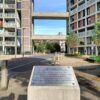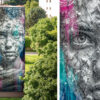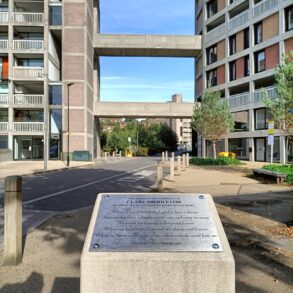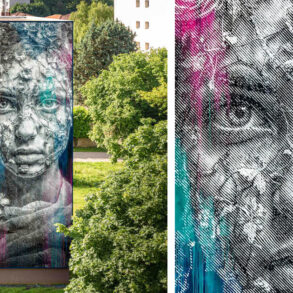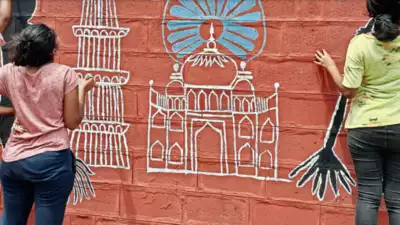
Enter Majestic bus stand, the city’s pulse, and you’re greeted by large murals on what were once stained and broken walls, peeking through the rhythmic whirring of tyres with slogans urging people to keep the surroundings clean and large murals depicting environmental issues.
For Let’s Be The Change, the Bengaluru-based nonprofit behind these artworks, street art is much more than just aesthetics.
IPL 2025 mega auction

“What does this area represent? What does this community want to say? These are the questions we ask ourselves before our brushes even touch the wall,” says founder Anirudh S Dutt.
Each project starts not with a blank canvas, but with a dialogue — an exploration of the essence of a neighbourhood and the identity of its people.
Their artworks at Victoria Hospital, where murals focus on the importance of waste segregation, and on walls around L R Nagar slum depicting people coming together to place waste in dustbins, are a testimony to this sentiment.Tucked away in busy traffic squares, bustling metro stations and quiet neighbourhoods, murals are aplenty in the city, often blending into the streetscape despite the playful motifs and bright hues. But for many artists like Dutt, street art is reflective of local identity, giving walls a voice and character of their own, while creating — and amplifying — a sense that public spaces belong to everyone.
Patterns in passages
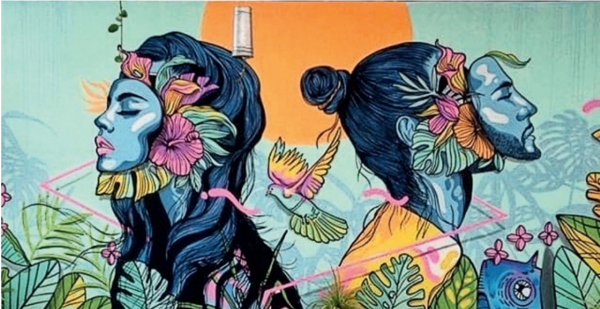
The murals by India Rising Trust, a city-based nonprofit, are rooted in creating a standardised and impactful visual language that shapes the experience of urban spaces. The team has implemented a signature design pattern in the underpasses across the city, consisting of laced white bands and vivid motifs of Gandaberunda and Dasara Ambari.
This pattern becomes a hallmark of uniformity throughout the city, even as people feel a sense of belonging, a sense of home. “If you are travelling along the outer ring road and see an underpass, it will have the same design as any other; it’s a pattern that ties the city together,” says Aniruddha Abhyankar, chief design officer. Started in 2014, the nonprofit has adorned more than 2,000 spots in the city, including Metro stations, Anand Rao Circle, HAL underpass, Kundalahalli Gate underpass, and Kreeda Junction.
“We deliberately avoided using any text or any kind of art that would distract the drivers. Detailed, message-driven murals should be reserved for calmer spaces like promenades,” he adds.
Abhyankar was heavily influenced by his travels across the US and Southeast Asia, where he says public spaces emphasise neatness and order.
“When spaces are visually orderly, it subconsciously influences people’s behaviour, making it more predictable,” he says, adding that these ideas were crucial in finalising the design.The team not only urges residents to weigh in with ideas and feedback, but also encourages them to get involved.
“If a neighbourhood isn’t engaged, it may not appreciate a third person coming and painting their walls. We don’t approach this as just ‘public art’. We’re addressing issues like filth, ugliness, and disorder using design as a solution,” Abhyankar says.
The team gets in touch with the community upon their request, and if the entire neighbourhood agrees, they work together, with each person contributing about Rs 200 to 500. The nonprofit also partners with corporate entities, and much of their work focuses on spots im portant for ‘Brand Bengaluru’, like areas around public institutions or landmarks such as the passport office or Isro.
A vessel for the community
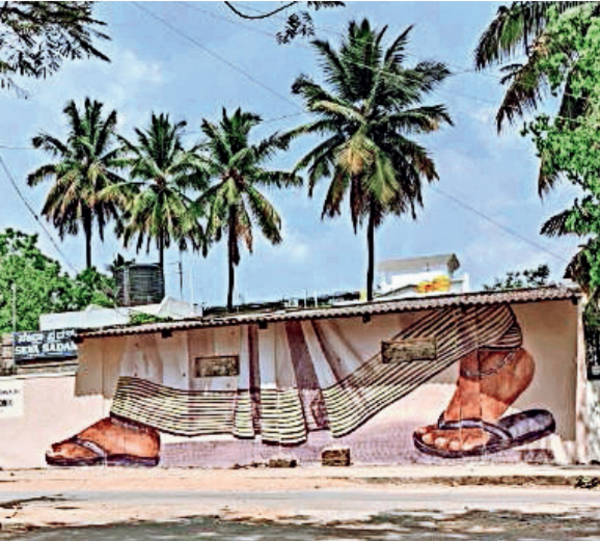
Dutt says the creative process of Let’s Be The Change involves translating the character of a place into meaningful art.
“We come up with designs and mould them into something that resonates with the community,” he explains.
This approach, he says, ensures that every mural, no matter how small, holds relevance and serves a purpose. They often seek feedback from those who use these spaces the most, and the projects span a myriad of urban spaces.
“For instance, when working with govt schools, we actively involve teachers, asking them ‘what kind of messages or images would have the most impact on kids?’ We’re not professional designers, but our collective experience and the willingness to listen to the community have shaped us into what they call ‘citizen artists’,” he says.
For Dutt and his team, murals are about weaving together the struggles and aspirations of the residents. “The goal is to not just create pretty walls but to uplift the entire neighbourhood. It’s about small, meaningful interventions that ripple through the community,” he says.
The nonprofit partners with local officials to build capacity and works with corporates and NGOs to secure funding and support for larger projects. So far, the group has painted over 500 murals at bus stands, parks, hospitals and localities across the city.
Shaping narratives
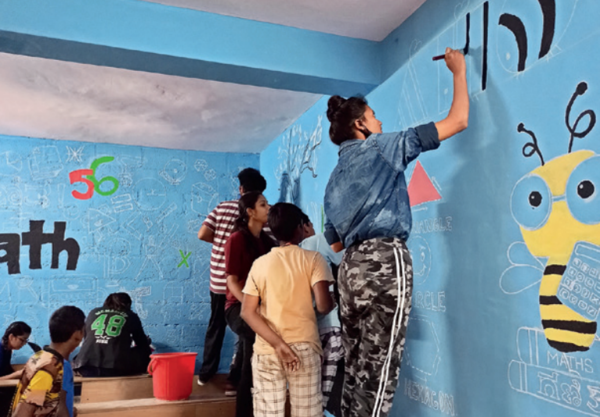
Since 2015, artist collective Geechugalu has approached each project with the aim to bring out the narrative of the place while also beautifying it. One of their standout works is the 2021 transformation of Malleswaram into a walkable art experience, in collaboration with urban planners and residents of the neighbourhood. “It wasn’t just another mural project, it’s about what art could do to a place,” says Yash Bandari, 32, one of the founding members of the collective.
“We didn’t have a structured plan or even funding. Initially, we borrowed paint from people who had leftovers. All we knew was we wanted to understand what drawing in public spaces could mean — how it could change the space itself and impact the people around it,” he adds.
The collective focuses on accessible art in ordinary spaces. “We are keen to understand the history, communities and the context of the place, and bring them alive through murals. That’s what we did in Malleswaram, Majestic, and Chickpet. We want to connect spaces through art, one story at a time,” Bandari says, adding:
“If a project has purpose and meaning, resources find their way to us. We’ve never worked with a ‘let’s find money first’ mentality. We’re after impact and transformation.”
Walls that inspire
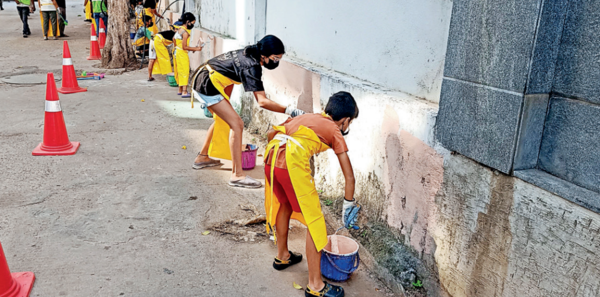
About three years ago, Bhoomika Ananth, an MBBS student and a fulltime mural artist, realised that canvas isn’t her calling — she needed a larger space to express her ideas. That’s when she turned to walls. Whether it’s street art or school murals, Bhoomika believes the future of Bengaluru’s walls is bright: each mural isn’t just a painting — it’s a dream taking shape.
It all began with her frustration over the state of govt school walls. “Every wall had distorted murals of cartoons like Dora and Doraemon, with chipped paint and no educational value. These are the walls that create an impression on the kids, shape their dreams and aspirations. I wanted to change the narrative,” she says. On weekends, armed with brushes and cans of paint, she transforms drab walls into vibrant artworks aimed to create social impact.
Bhoomika started ‘Wall As Your Canvas’, a community art initiative that brings people — mostly art students — together to create murals with a purpose. For schools murals, she picks famous personalities to paint on the walls, often after discussing with the kids. “Our first project kicked off in September 2022, at a govt school in Indiranagar. With just 15 participants, we painted a massive 20-foot astronaut on one of the walls. It was a long process, but the kids’ reaction the next day made it all worthwhile. I remember how a child pointed at the wall and said, ‘that’s an astronaut…someday, I’ll go to the moon!’ That’s when I knew we had done something special,” Bhoomika says.
Funding has always been a challenge. Instead of relying on corporates or large NGOs, she came up with an innovative solution: each participant comes with their own materials. “We didn’t want people to join us just to say, ‘I painted a school over the weekend’,” she says. “We want them to aspire for impact and see it with each stroke of brush. We want to create a world where every person can pick up a brush and say, ‘today, I’m an artist’.”
Art as therapy
Bhoomika Ananth of Wall As Your Canvas says many participants in her mural painting sessions are individuals seeking a break from their busy, stressful lives.
“These murals serve as creative therapy. People, particularly those working a 9 to 5, get to let out their stress with each stroke of paintbrush, while creating lasting memories and friendships with like-minded people,” she says.
Tanvi V, a 21-year-old student in the city, says these sessions have had a positive impact on her life.
“I am an MBBS student, and life is always stressful in my line of work. These painting sessions have made me enthusiastic about weekends, and apart from the creative release, I’ll always have the friends I made during these sessions,” she says.
This post was originally published on this site be sure to check out more of their content.

